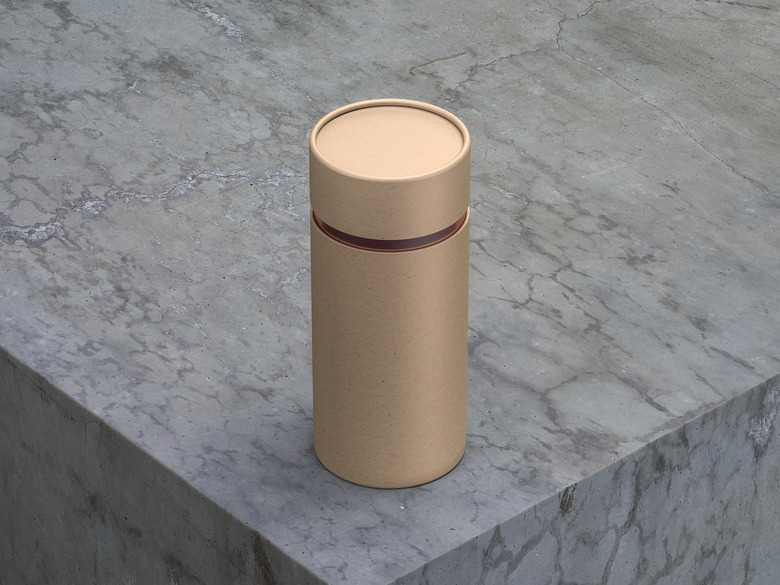How To Calculate The Volume Of A Cylinder In Gallons
The Imperial measurement system can be downright cumbersome, and nothing illustrates this more than its unit of volume, the gallon. No matter what units you use to measure dimensions, you always have an extra step after calculating volume if you want the answer in gallons. The volume of a cylinder depends on two parameters: the radius of its circular cross-section and its length. Measure these in inches or feet, and you'll get the volume in cubic inches or cubic feet. Measure in metric units and you'll get the volume in cubic meters, liters or milliliters. In all cases, you have to multiply by a conversion factor to get the volume in gallons. And to make things even more confusing, a gallon in the United States – one of the few countries that still uses gallons – is smaller than a standard Imperial gallon.
\(V = \frac{\pi d^2 h}{4}\)
TL;DR (Too Long; Didn't Read)
Convert volume to gallons using the appropriate conversion factor.
Useful Conversion Factors
Useful Conversion Factors
If you want to calculate volume in gallons, you'll need a few conversion factors. It's handy to have them all in one place, so here is a table of common conversion factors for U.S. gallons:
- 1 cubic inch = 0.004329 U.S. gallons
- 1 cubic foot = 7.4805 U.S. gallons
- 1 cubic meter = 264.1720 U.S. gallons
- I liter = 0.264 U.S. gallons
- 1 milliliter = 0.000264 U.S. gallons
How to Calculate the Volume of a Cylinder
How to Calculate the Volume of a Cylinder
The volume of the cylinder is the product of its length or height (h) and the area of its cross-section, which you determine by measuring radius (r). The mathematical formula is:
\(A = \pi r^2 \implies V = \pi r^2 h\)
In practice, it's usually easier to measure the diameter of the circular cross-section (d) than it is to measure radius. Since radius is half the diameter (r = d/2) the equation becomes:
\(V = \frac{\pi d^2 h}{4}\)
Sample Calculations
Sample Calculations
**1. You measure the diameter of a cylindrical water storage tank to be 10 feet and its height to be 13 feet. What is its capacity?**
Its capacity (volume) is:
\(V=\frac{\pi \times 10^2 \times 13}{4} = 1,021.2\text{ ft}^3\)
Convert to U.S. gallons by multiplying by 7.4805. The answer is **7,637.23 gallons.**
**2. A 6-inch water pipe is 5 feet long. How much water can it hold?**
A 6-inch pipe has a circular cross-section with an inside diameter of 6 inches. This makes the radius 3 inches. The length was measured in feet, so to get both measurements in the same units, convert the length to inches: 5 feet = 60 inches. The volume in cubic inches is thus:
\(V=\pi \times 3^2 \times 60 = 1,696.46\text{ in}^3\)
Using the conversion factor 1 cubic inch = 0.004329 U.S. gallons, you get the volume as **7.34 U.S. gallons.**
Cite This Article
MLA
Deziel, Chris. "How To Calculate The Volume Of A Cylinder In Gallons" sciencing.com, https://www.sciencing.com/calculate-volume-cylinder-gallons-6394608/. 5 December 2020.
APA
Deziel, Chris. (2020, December 5). How To Calculate The Volume Of A Cylinder In Gallons. sciencing.com. Retrieved from https://www.sciencing.com/calculate-volume-cylinder-gallons-6394608/
Chicago
Deziel, Chris. How To Calculate The Volume Of A Cylinder In Gallons last modified March 24, 2022. https://www.sciencing.com/calculate-volume-cylinder-gallons-6394608/
